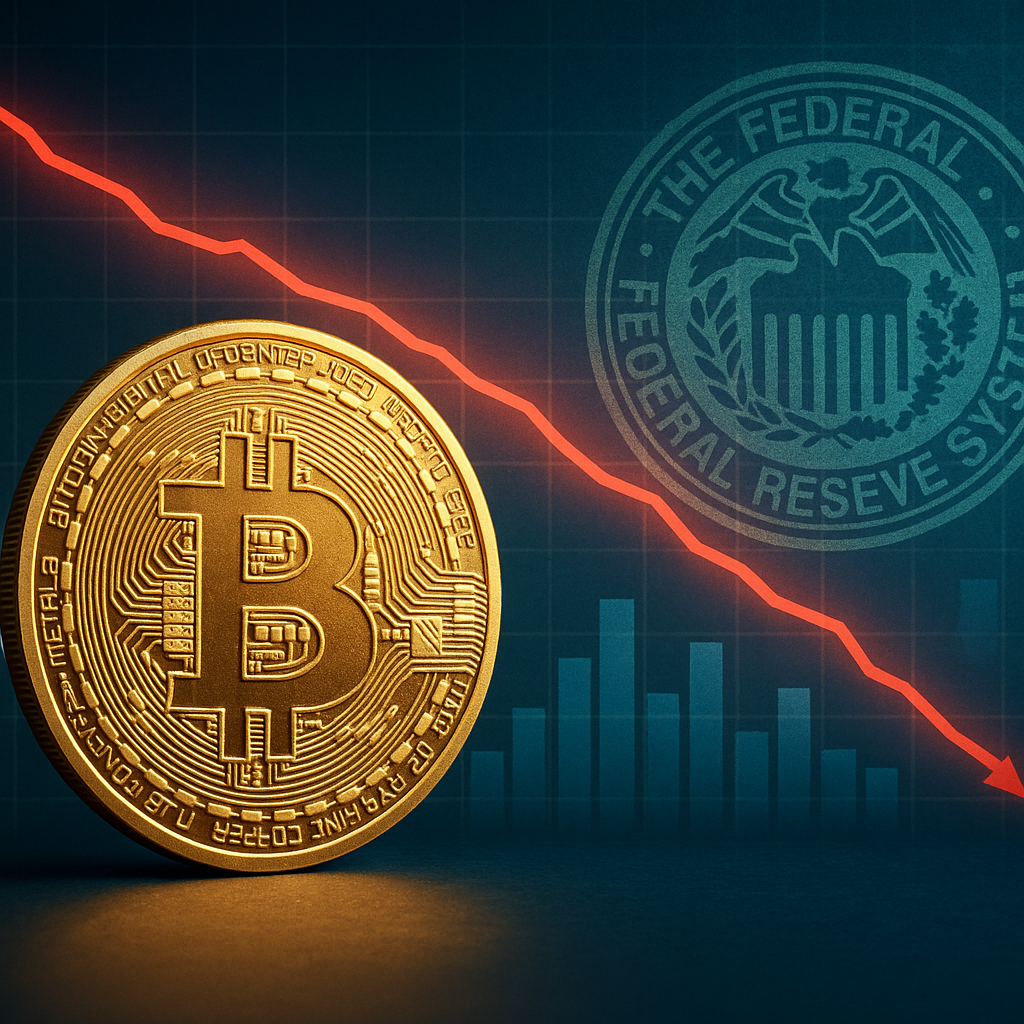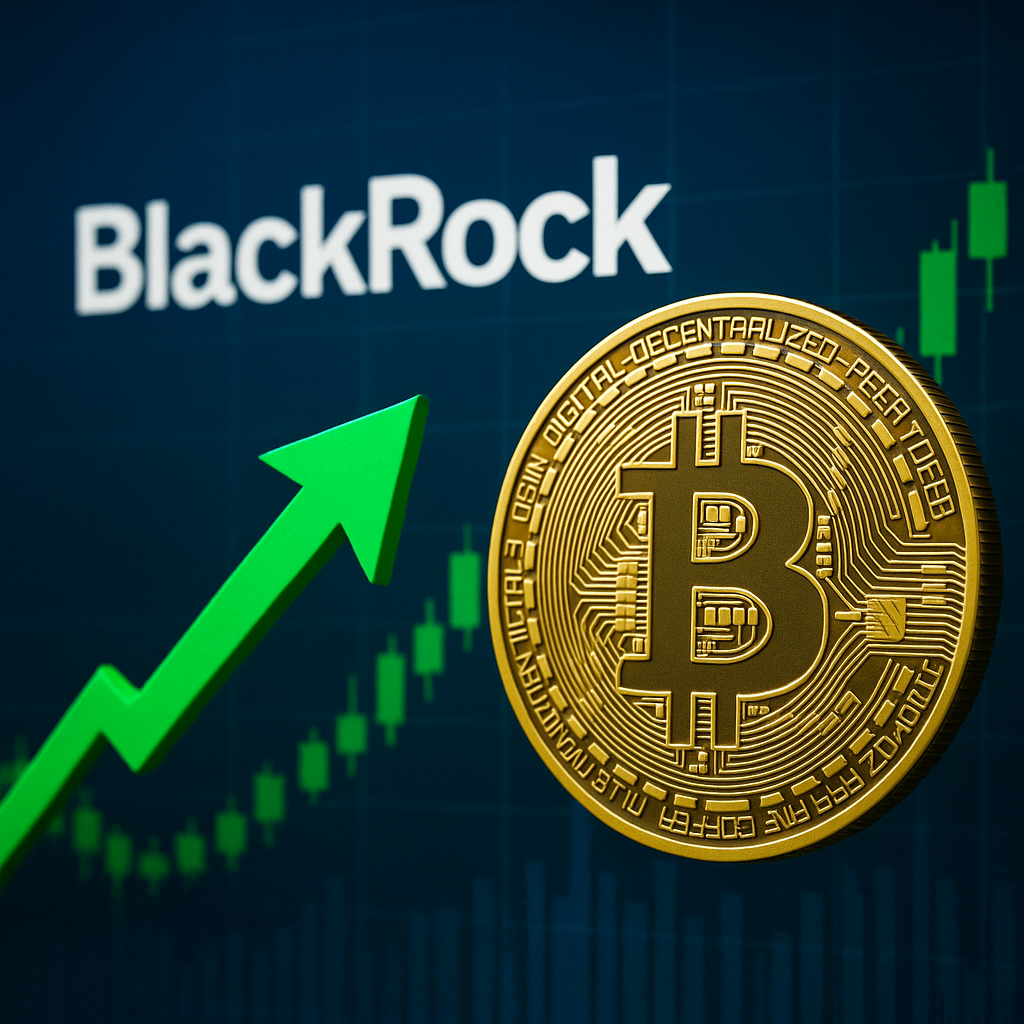April CPI Data released by the U.S. Bureau of Labor Statistics on Tuesday pointed to a continued cooling of inflation, offering fresh insights into the economic landscape. Bitcoin saw a modest price uptick as investors weighed how the softer inflation figures could influence the Federal Reserve’s next move on interest rates.
Bitcoin Edges Higher as U.S. Inflation Cools in April, Fed Rate Cuts Back on the Table?
The latest U.S. Consumer Price Index (CPI) report, released Tuesday at 8:30 AM EST by the Bureau of Labor Statistics (BLS), revealed that inflation eased further in April, offering a hopeful sign for markets eyeing potential Federal Reserve rate cuts.
According to the report, annual inflation slowed to 2.3%, slightly lower than the economists’ expectations of 2.4%. This marks the lowest year-over-year increase since February 2021 and the third consecutive monthly decline in headline inflation. Core CPI, which excludes food and energy, remained stable at 2.8%, precisely in line with market forecasts.
Despite global economic uncertainty and ongoing trade tensions, inflation appears to be losing steam. In response, Bitcoin saw a mild uptick, climbing from $103,590 to $104,180 shortly after the data dropped.
Crypto markets maintained a bullish tone as traders had already priced in the April CPI data, leading to only a modest movement in Bitcoin’s price. Still, traders remain focused on how cooling inflation might reshape the Federal Reserve’s policy stance in the coming months.
CPI figures are a key barometer for the Fed’s interest rate decisions. Typically, rising inflation spurs expectations of tighter monetary policy. However, softer inflation, as seen in April, could pressure the Fed to pivot toward rate cuts. This could weaken the U.S. dollar and increase demand for risk assets like Bitcoin.
“CPI is one of the Fed’s go-to indicators. This release will show whether inflation is still being driven up by tariffs,” one user posted on X (formerly Twitter).
Following the CPI report, the CME FedWatch Tool shows that markets now assign an 88.6% probability that the Fed will hold rates steady at 4.50% during its June 18 meeting. The probability dropped from 91.8% before officials published the inflation data.. The shift signals growing optimism that rate reductions could arrive sooner than previously expected.
Trump vs. Powell: Tariff Tensions Ignite Fed Policy Clash After April CPI Report
In a post-meeting press conference, Federal Reserve Chair Jerome Powell acknowledged that short-term inflation expectations have edged higher, a trend some attribute to the reintroduction of tariffs under the Trump administration. Despite this shift, Powell emphasized a cautious stance, stating that it’s too early to adjust monetary policy based on preliminary signs.
Meanwhile, former President Donald Trump has openly criticized the Fed’s patience, calling for an immediate rate cut. In a post on Truth Social, Trump argued, “The Fed would be MUCH better off CUTTING RATES as US Tariffs start to transition (ease!) their way into the economy. Do the right thing.”
Markets Watch Closely as Political Pressure Mounts on Fed Over Inflation Strategy
The growing divergence between political leadership and central bank policy has fueled public speculation. Commentators like Paul Barron questioned whether Trump’s proactive stance might prove correct, asking, “Could POTUS be right and Fed Chair Powell be wrong?”
Although the latest CPI figures do not yet reflect clear evidence of tariff-driven inflation, analysts suggest the economic effects of new trade policies may take several months to surface in official data.
The Federal Reserve maintains that any policy shift would require concrete economic indicators, particularly those directly impacted by tariffs. “The risks of higher unemployment and higher inflation have risen, but they haven’t materialized yet. They’re really not in the data,” Powell explained, reinforcing that the Fed prefers to wait for clearer trends before taking action.
As the debate continues, economists note that even a potential dip in employment numbers next month might be short-lived, especially if ongoing tariff negotiations yield favorable results.






